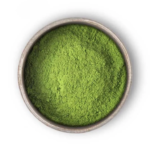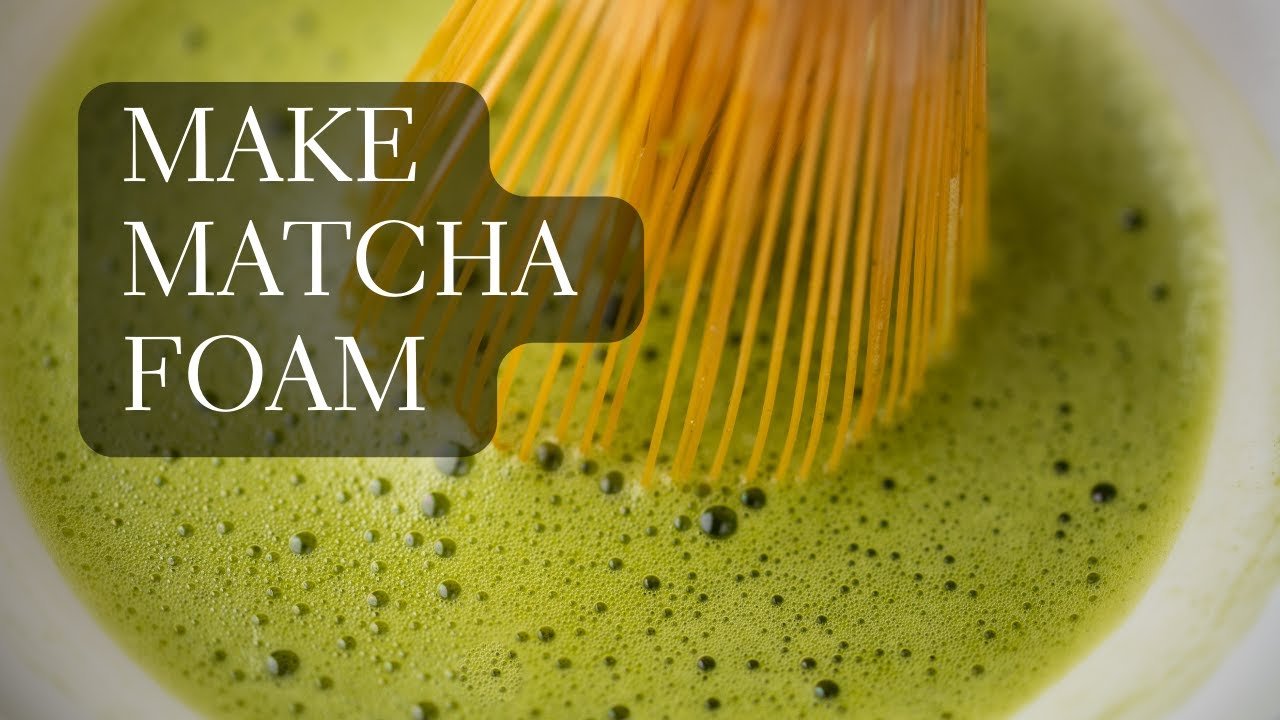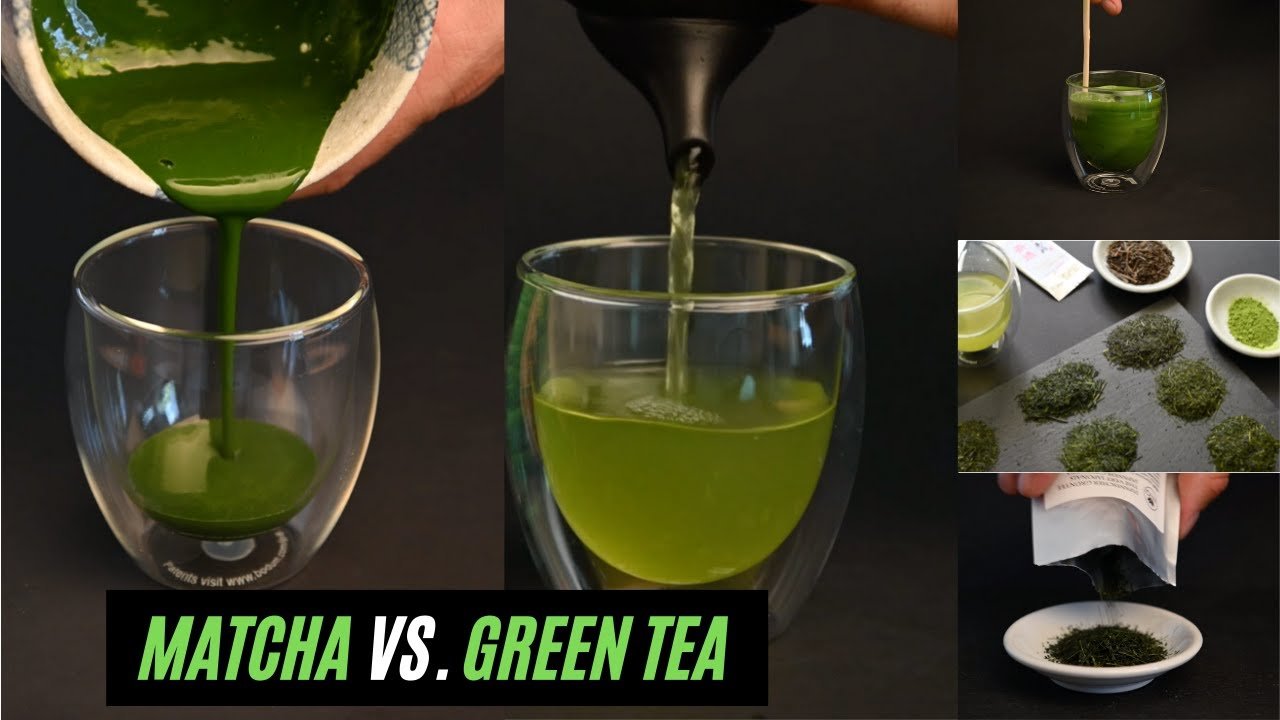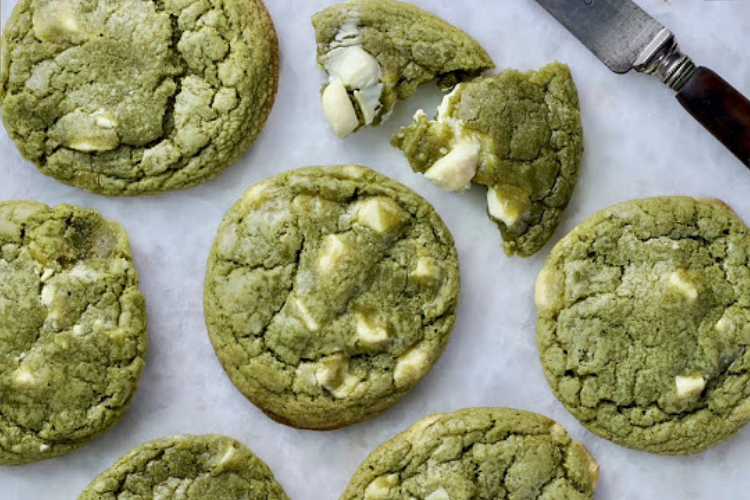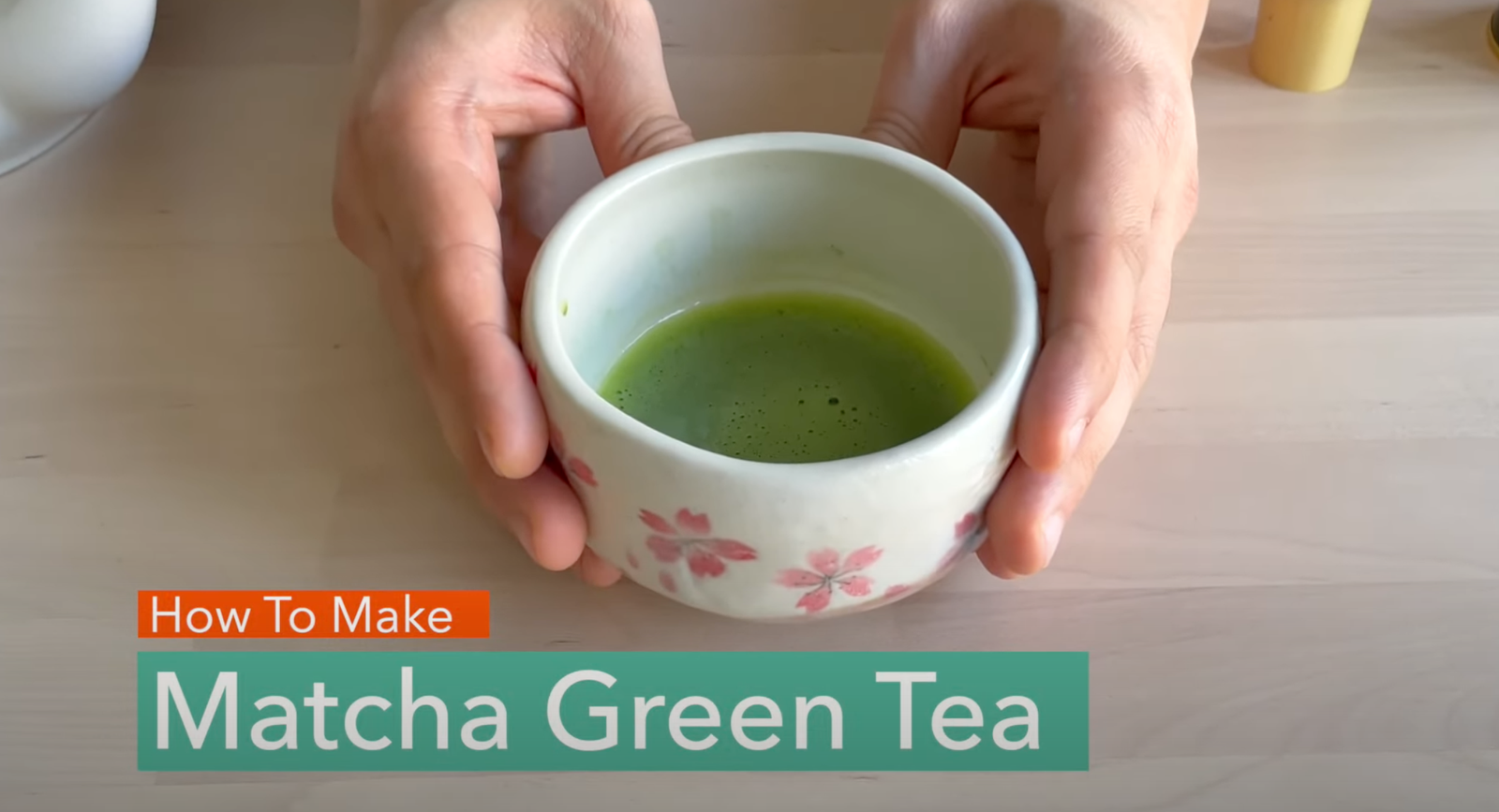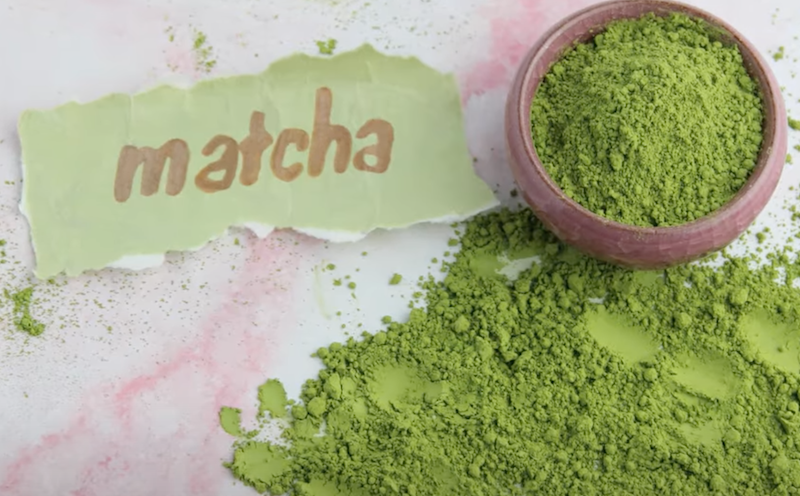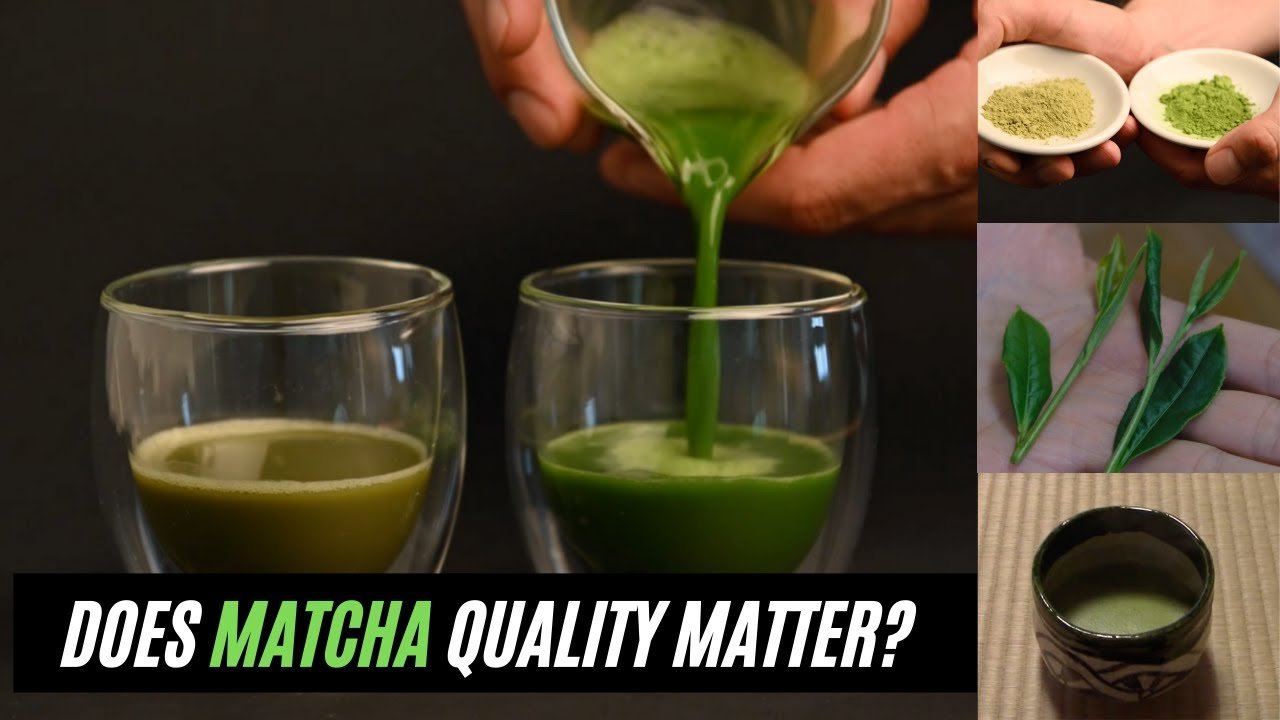Do you have matcha FOMO — a fear of missing out on matcha foam? In this article, we’re going to show you how to make foamy matcha at home. We’ll take a look at why your matcha might not foam and what you can do about it. This matcha foam is not just for looks; it actually has a big impact on the taste and texture of the tea.
The Importance of Foam
When you’re making foamy matcha, you’re adding air bubbles on top of the tea that create a lighter, smoother texture and taste. If you do it right, the matcha will taste almost like a latte but without milk or sugar.
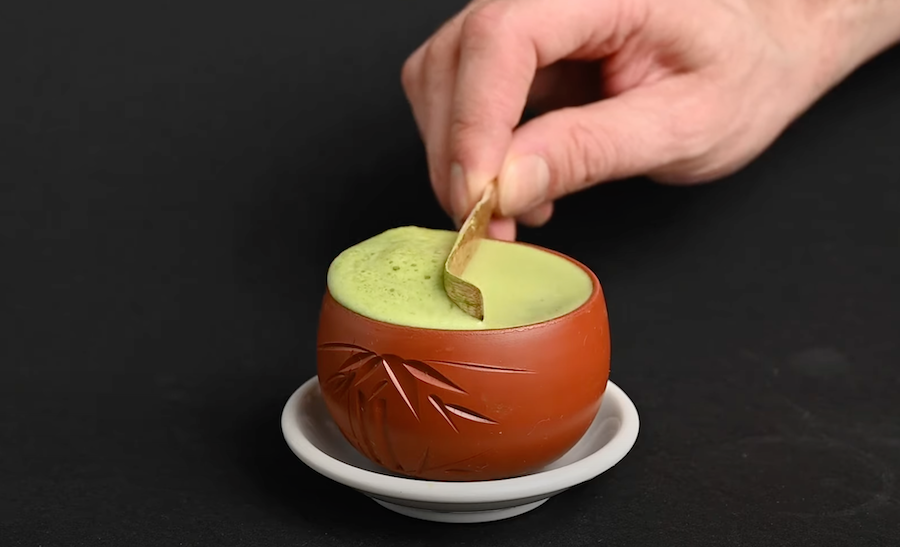
Choosing the Right Tools
Foamy matcha tea starts with having the right tools. We recommend getting a matcha bowl, a bamboo tea whisk, and a sifter.
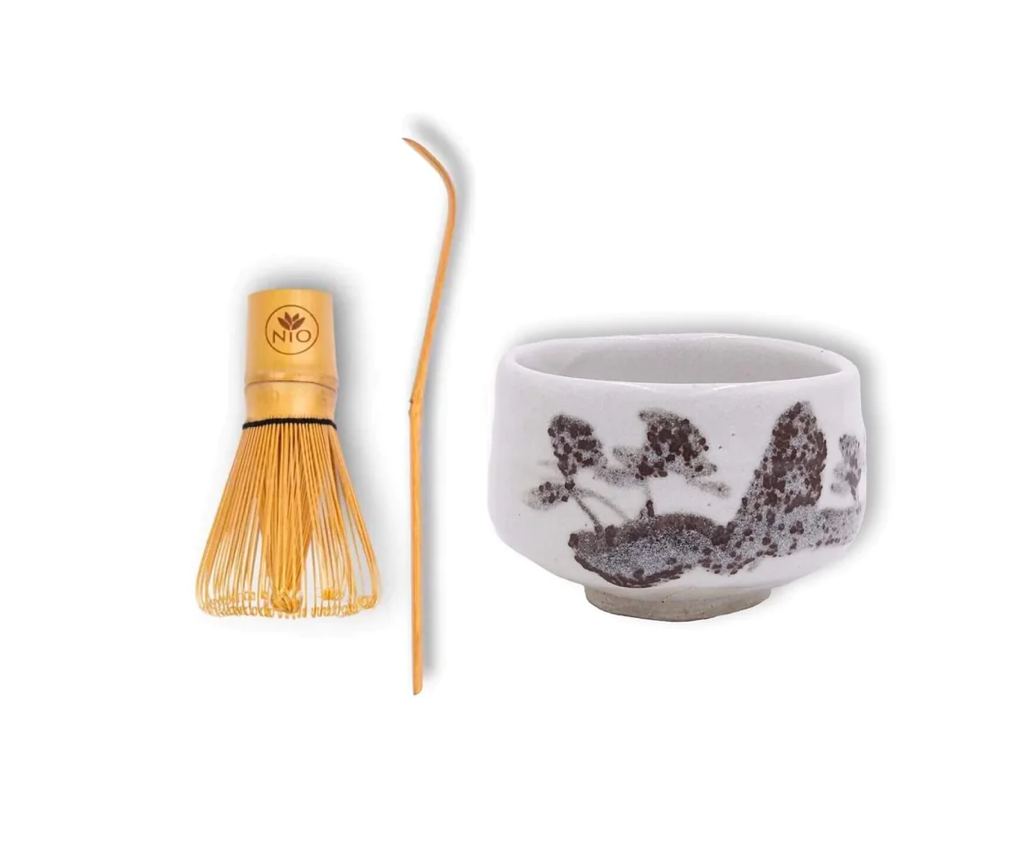
The sifter won’t have a direct impact on the matcha foam, but it will help you remove the clumps that form in the matcha powder as it’s exposed to the humidity in the air.
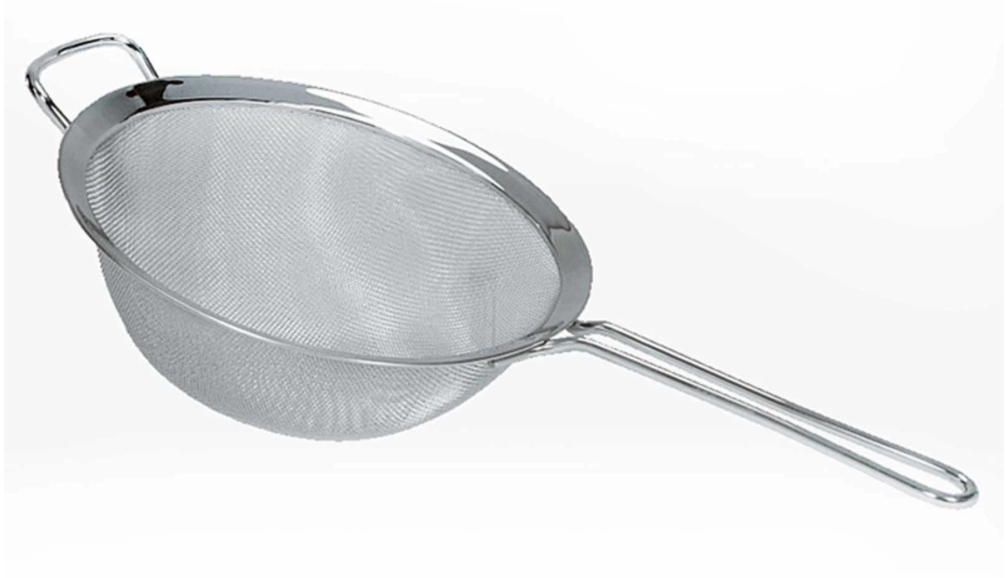
Selecting High-Quality Matcha Powder
The first step in making foamy matcha is selecting high-quality matcha powder. If you use cheap matcha powder, you won’t be able to get it to foam because there isn’t a high enough quantity of amino acids. What you want to go for is a premium ceremonial grade matcha. You’ll know you’ve made the right choice when you see a vibrant green color.
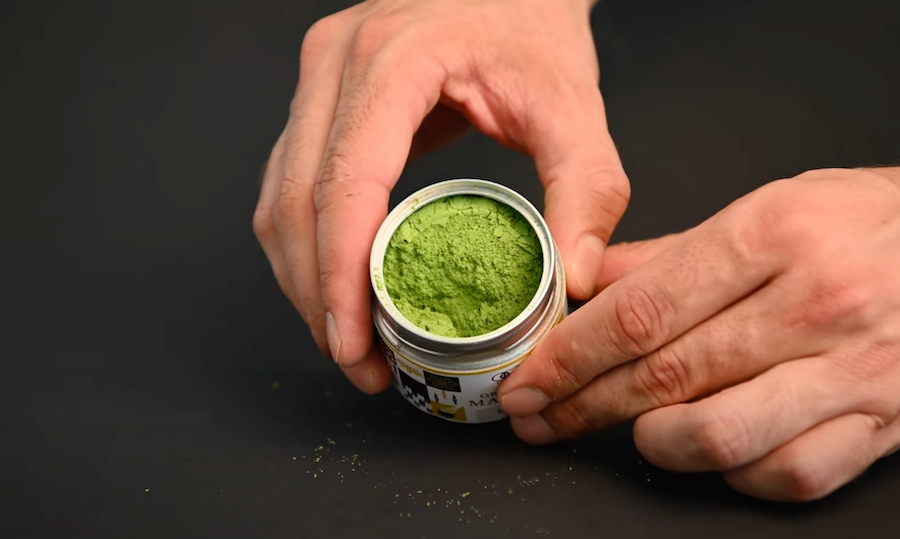
The Right Amount of Matcha
A common mistake people make is not using enough matcha powder. If you’re using too much water and not enough powder, the tea will be too thin, and you won’t be able to get the matcha foam to hold. This is why we recommend using at least 2g of powder, although you can use more if you prefer the flavor to be a little bit stronger.
Water Temperature and Technique
Another mistake people make when making matcha foam is using water that is too cold. It’s harder to make matcha froth when you use cold water. We recommend using a temperature of between 70 to 75°C (160 to 170°F). Just pour in 80 ml of water into the paste and start to combine the matcha paste into the rest of the water.
Whisking Techniques
Let’s take a look at three different matcha whisking techniques to see which one works best. The ideal matcha whisking technique involves rapid zigzag motions using the wrist, which will generate the most matcha foam.
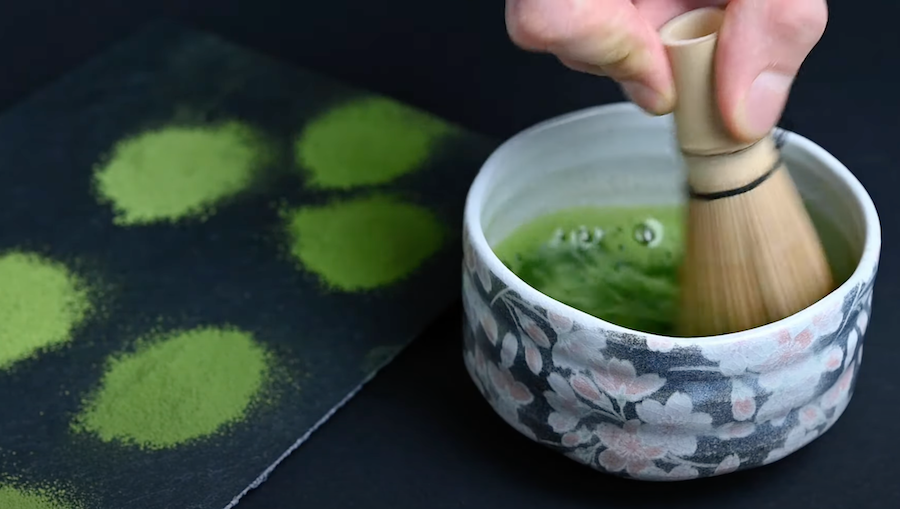
Notice the steadiness of the arm; the tea masters are really only using their wrist and keeping the rest of the body steady. This motion is much better than zigzag motions using the whole arm, which not only generates less foam but also is more likely to spill the matcha.
One tip for getting the right matcha whisking technique is to practice in a larger bowl. This gives you more space for whisking. Once you become a matcha whisking pro, you can refine your movements and practice with smaller bowls. The chawan matcha bowl is designed to be the perfect space for whisking matcha tea. Just make sure you keep the matcha whisk off the bottom of the bowl; the bamboo bristles are very fragile.
Achieving the Perfect Foam
As an additional bonus step, you want to make sure that the matcha foam has small bubbles, not larger ones. You can use the central bristles of the matcha whisk to pop some of the larger bubbles and keep the matcha foam more uniform in its consistency.
After following all the steps on how to make matcha foam, you’ll notice the matcha has developed a dense foam on the top layer, which will add a nice creaminess to the taste and texture. If you want to get the perfect foam and taste, make sure that you’re using good quality matcha tea powder.

Thank you all so much for tuning in. We’ll see you next time.
